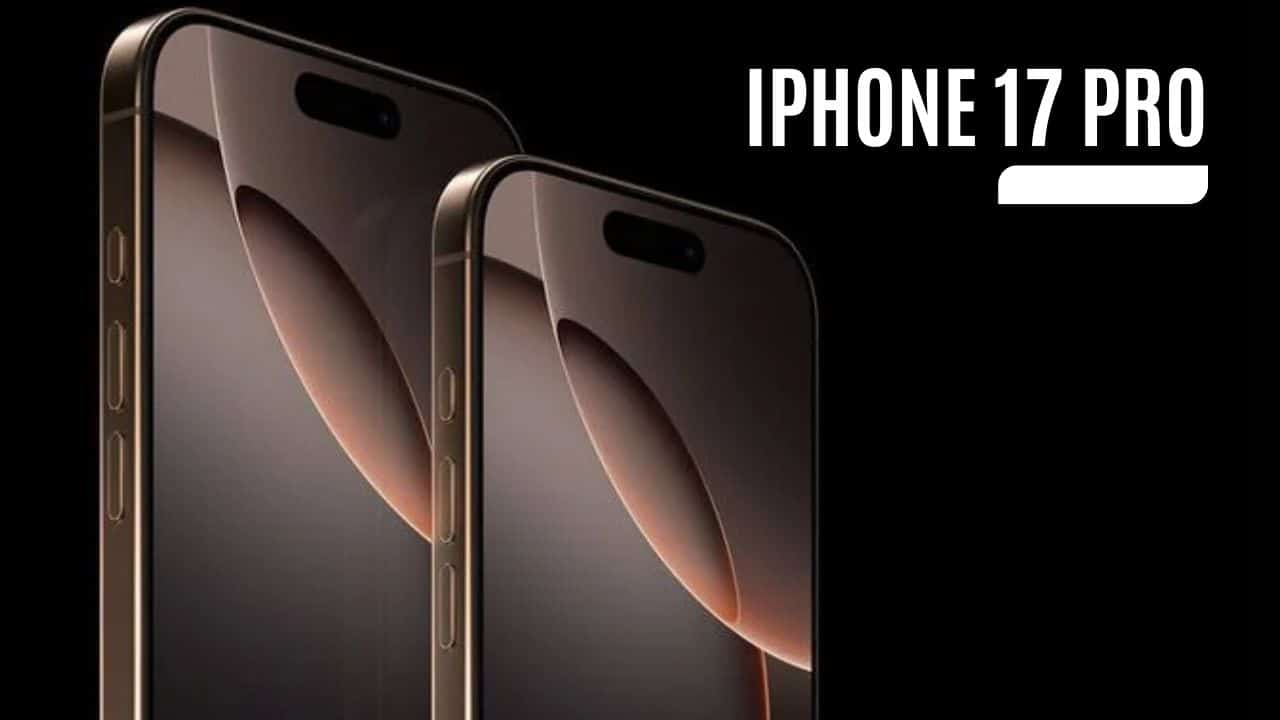Apple is reportedly making a bold design move for its upcoming iPhone 17 Pro and iPhone 17 Pro Max, expected to debut in the fall of 2025. According to reliable sources, including The Information, these high-end models will adopt aluminum frames, marking the first return to this material for Apple’s Pro devices since the iPhone lineup was divided into distinct Pro and non-Pro tiers. This move signals a significant departure from Apple’s recent reliance on titanium and stainless steel for its premium models and is set to introduce one of the most striking design overhauls in years.
Transition Back to Aluminum Frames
Since the introduction of the iPhone X and subsequent Pro models, Apple has relied on materials like stainless steel and titanium to differentiate its premium offerings from the standard lineup. With the launch of the iPhone 15 Pro, titanium was celebrated as a key upgrade, offering a lighter yet durable chassis compared to stainless steel. However, Apple’s decision to pivot back to aluminum for its flagship Pro devices comes as a surprise, especially given that this material has been more commonly associated with Apple’s entry-level models, like the iPhone SE and iPhone 16.
The shift to aluminum is expected to unify the design approach across all iPhone 17 models, including the standard iPhone 17 and the new iPhone 17 Air. While some may view this as a step back in terms of premium materials, aluminum’s lighter weight and versatility may enhance the overall user experience. Industry experts speculate that this design change could lead to improved ergonomics, making the devices easier to handle for extended periods.
Redesigned Rear Panel: Aluminum Meets Glass
One of the standout design changes for the iPhone 17 Pro series will be its innovative rear panel, which combines aluminum and glass in a new configuration. According to the report, the top half of the back will feature an aluminum finish, including a rectangular camera bump constructed from aluminum rather than the 3D glass used in previous models. This marks a notable shift in Apple’s design philosophy, blending materials in a way that harks back to earlier iPhones while still supporting modern features.
The bottom half of the rear panel will retain a glass construction, a necessity for enabling wireless charging and maintaining compatibility with Apple’s MagSafe ecosystem. This hybrid approach could potentially offer the best of both worlds: the strength and lightweight properties of aluminum combined with the functional advantages of glass.
Apple’s decision to use aluminum for the camera bump could also enhance durability in this critical area, which is prone to scratches and impact damage. This change is likely to appeal to users seeking a more rugged design without sacrificing aesthetics.
A Larger Camera Bump for Enhanced Features
Another significant design update for the iPhone 17 Pro series involves the camera bump, which is expected to be larger than in previous generations. While specific details about the camera technology remain under wraps, the increased size could indicate major advancements in sensor technology, lens capabilities, or image processing. Apple has consistently pushed the boundaries of smartphone photography, and the iPhone 17 Pro lineup is unlikely to be an exception.
The larger camera module aligns with industry trends of prioritizing advanced photography and videography features in flagship devices. Analysts predict that the new design could accommodate larger sensors, enabling improved low-light performance, faster autofocus, and enhanced dynamic range. This would further solidify Apple’s position as a leader in smartphone photography.
Aluminum in iPhone History: A Familiar Material with a New Role
Aluminum has a long history in the iPhone lineup, dating back to some of Apple’s earliest models. Before the introduction of glass-backed designs with the iPhone 8 and iPhone X in 2017, aluminum was the primary material for most iPhones, excluding a few exceptions like the iPhone 3G, iPhone 3GS, and iPhone 5C. These models opted for plastic backs, but aluminum remained the hallmark of premium design.
The iPhone 17 Pro’s hybrid aluminum-and-glass rear design seems to strike a balance between the durability of earlier iPhones and the modern functionality of glass backs. This approach reflects a broader trend in the smartphone industry of revisiting proven materials while adapting them for contemporary needs.
Potential Benefits of the Aluminum Frame
- Lightweight Design
Aluminum is significantly lighter than stainless steel and titanium, which could result in more comfortable daily use. This would be especially beneficial for users who spend a lot of time on their devices. - Improved Thermal Performance
Aluminum’s excellent thermal conductivity may help manage heat more effectively, potentially enhancing the performance of demanding tasks such as gaming or video editing. - Cost Efficiency
By adopting aluminum, Apple could reduce manufacturing costs compared to titanium, potentially lowering the retail price of the Pro models or increasing profit margins. - Durability
While not as hard as titanium, aluminum is more resistant to corrosion than stainless steel, ensuring a long-lasting finish.
Challenges and Concerns
Despite its advantages, the return to aluminum may raise concerns among some Apple fans:
- Perception of Premium Quality: Aluminum, while durable, is often perceived as less premium than materials like titanium or stainless steel.
- Durability Comparisons: Aluminum is softer and more prone to scratches and dents than titanium, which could impact its appeal to users prioritizing ruggedness.
- Design Consistency: The hybrid design of aluminum and glass may not resonate with all users, especially those accustomed to the seamless glass backs of recent Pro models.
What to Expect from the iPhone 17 Lineup
The iPhone 17 Pro and iPhone 17 Pro Max are part of a broader lineup that includes the standard iPhone 17 and the iPhone 17 Air. While specific details about the non-Pro models remain sparse, the use of aluminum across the entire lineup suggests a cohesive design strategy. These changes are expected to make the iPhone 17 series stand out visually from its predecessors, representing a bold new direction for Apple’s flagship devices.
A Bold New Chapter for Apple’s Pro iPhones
The anticipated design changes for the iPhone 17 Pro series underscore Apple’s willingness to innovate while revisiting its roots. By combining aluminum and glass, the company is crafting a new aesthetic that pays homage to earlier designs while embracing modern functionality. The larger camera bump and hybrid rear panel are poised to make these devices not just functional but visually distinct.
As always, rumors about upcoming Apple products should be taken with caution until official announcements are made. However, the consistent accuracy of sources like The Information lends credibility to these reports. Apple enthusiasts and tech analysts alike will be watching closely as more details about the iPhone 17 Pro series emerge in the lead-up to its expected 2025 launch.



































